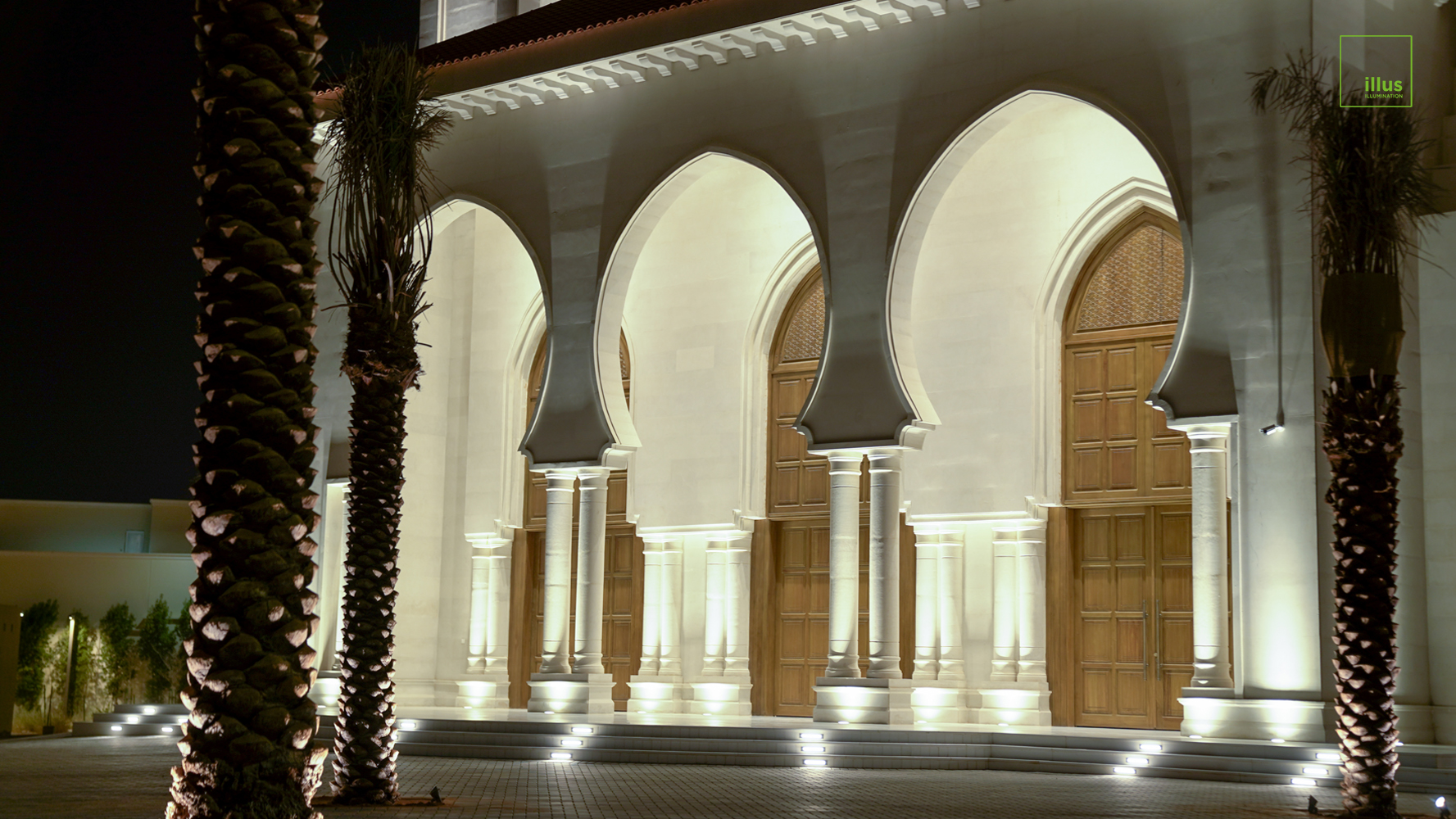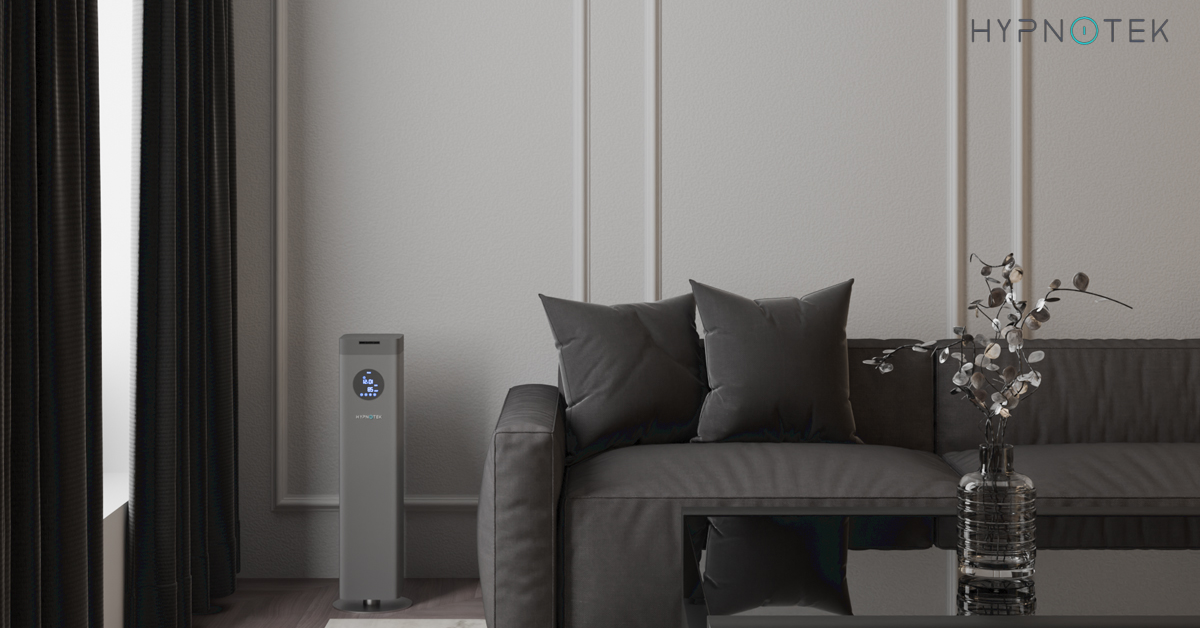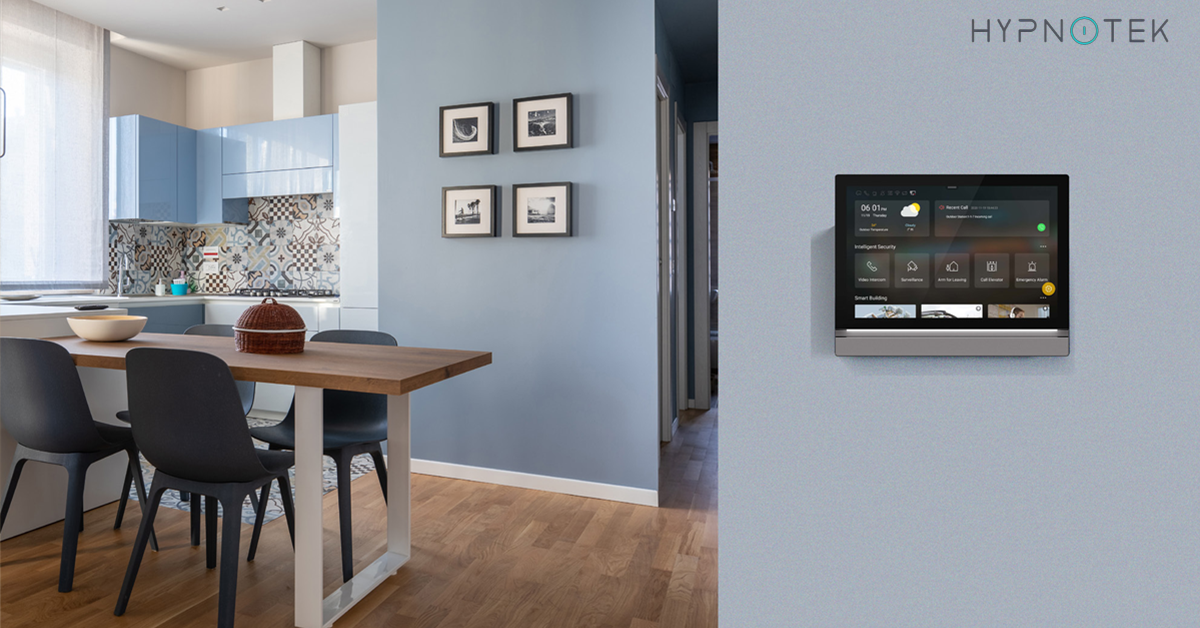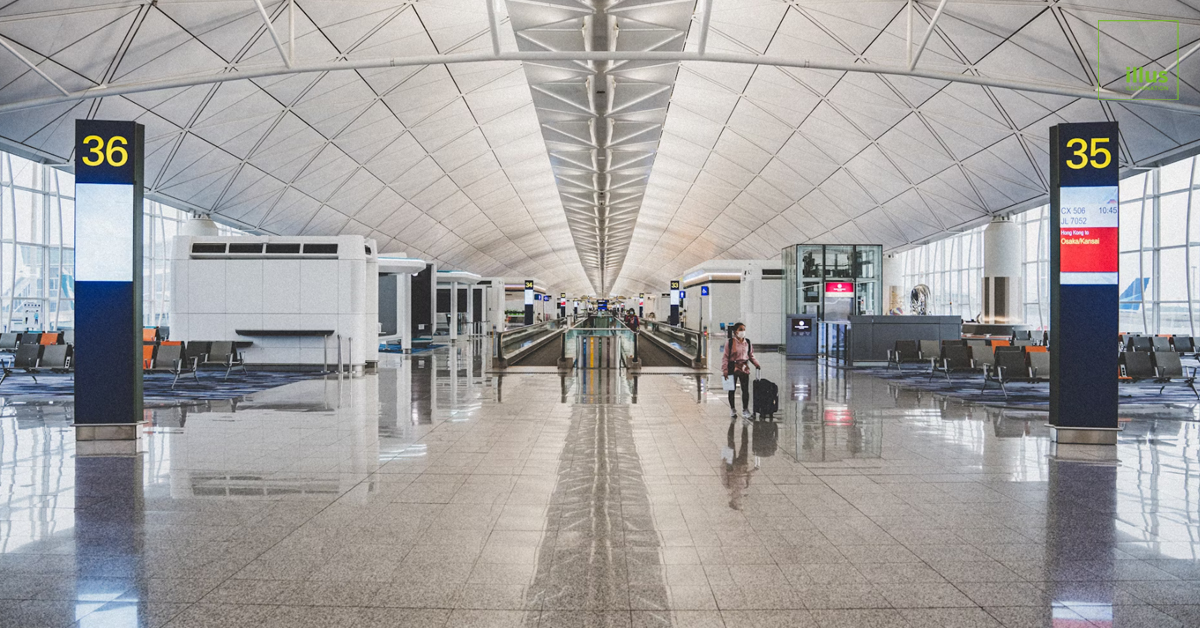Architectural Lighting Innovations Driving Smart Cities
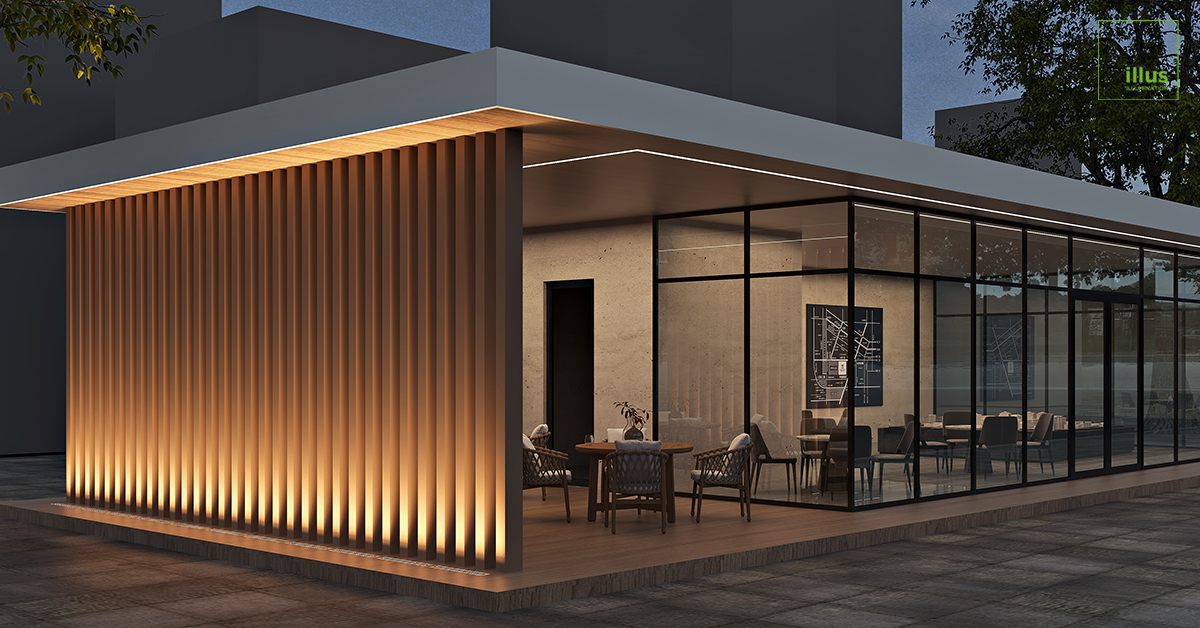
Architectural lighting is transforming the urban landscape, integrating design, technology, and functionality to create cities that are safer, more efficient, and visually compelling. As urban populations grow, municipalities and developers are increasingly adopting advanced lighting solutions that go beyond illumination, leveraging intelligent systems to enhance both aesthetics and operational performance.
The Evolution of Architectural Lighting
Modern architectural lighting has moved far beyond traditional streetlights and interior fixtures. Today, it incorporates intelligent controls, energy-efficient technologies, and adaptive designs that respond to the needs of people and environments. High-end architectural lighting systems are no longer static; they can dynamically adjust brightness, color temperature, and beam angles to create optimal conditions for human activity and urban safety.
These innovations are particularly vital in the context of smart cities, where lighting infrastructure is integrated with digital networks, sensors, and automation platforms. By connecting architectural lighting to city-wide systems, municipalities can optimize energy usage, improve public safety, and enhance the visual identity of urban spaces.
Modern Architectural Lighting Design
Smart Sensors and Adaptive Control
A key driver in architectural lighting innovation is the integration of smart sensors and adaptive controls. Motion sensors, ambient light sensors, and IoT-enabled devices allow lighting systems to adjust in real time based on occupancy, natural light levels, and environmental conditions. For example, streetlights can dim when no pedestrians are present and increase brightness when movement is detected, reducing energy consumption while maintaining safety.
Adaptive lighting also extends to commercial and public spaces. In office buildings, museums, and cultural centers, architectural lighting can automatically shift to support human-centric lighting strategies—adjusting color temperature and intensity throughout the day to promote focus, relaxation, or engagement. Such human-centered approaches not only improve well-being but also enhance productivity and visitor experiences.
Energy Efficiency and Sustainability
Energy efficiency remains a central goal in architectural lighting design. LED technology, combined with intelligent controls, enables cities to reduce electricity usage significantly compared to traditional incandescent or fluorescent systems. Beyond cost savings, energy-efficient architectural lighting supports broader sustainability initiatives, lowering carbon footprints and contributing to eco-conscious urban planning.
Many cities now implement lighting solutions that integrate renewable energy sources. Solar-powered streetlights, for instance, reduce dependence on conventional power grids and offer resilient infrastructure during power outages. In combination with smart lighting controls, these systems provide a sustainable, high-performance solution for growing urban centers.
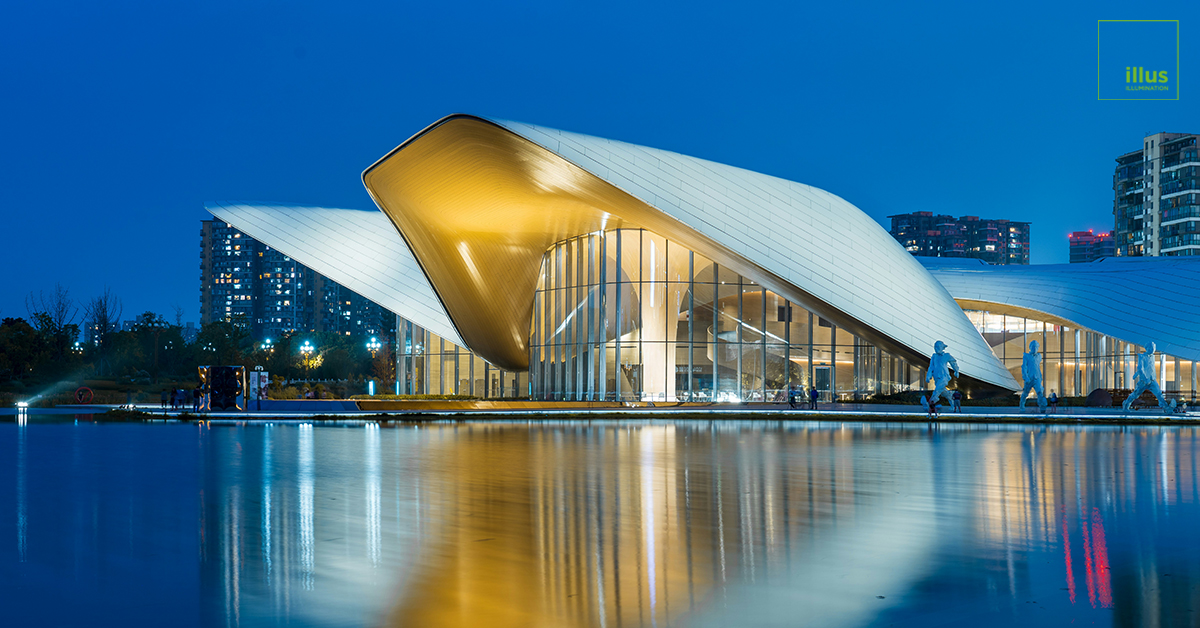 Architectural Outdoor Lighting Solutions
Architectural Outdoor Lighting Solutions
Enhancing Urban Safety and Security
Architectural lighting innovations play a crucial role in urban safety. Well-designed lighting can deter crime, prevent accidents, and guide citizens through complex public spaces. Advanced systems equipped with motion detection and AI-enabled analytics can identify unusual activity and notify authorities in real time. This proactive approach enhances public confidence and ensures that urban areas remain vibrant and secure after dark.
Moreover, architectural lighting contributes to traffic management and pedestrian safety. Strategically placed illumination reduces accidents at intersections, highlights crosswalks, and enhances the visibility of cyclists and pedestrians. In smart city environments, lighting systems can even communicate with connected vehicles, supporting adaptive traffic signaling and reducing congestion.
Integrating Technology and Aesthetics
One of the most exciting aspects of modern architectural lighting is its ability to merge technology with aesthetics. Dynamic LED displays, programmable color schemes, and projection mapping allow cities to create iconic visual experiences, transforming facades, landmarks, and public spaces into living works of art. This fusion of functionality and design enhances cultural identity, encourages tourism, and reinforces civic pride.
Architectural lighting also facilitates immersive experiences in retail, hospitality, and entertainment districts. By coordinating lighting with architectural features and digital content, designers can create environments that engage visitors, highlight brand identity, and encourage social interaction. In this way, lighting becomes an integral part of the urban narrative rather than a peripheral element.
Illus Smart Lighting Solutions
Data-Driven Urban Planning
Smart architectural lighting contributes valuable data for urban planning and management. Connected lighting networks can collect insights on energy usage, traffic patterns, pedestrian flow, and environmental conditions. Urban planners and city managers can analyze this data to inform infrastructure projects, optimize public services, and make evidence-based decisions that improve the quality of life for residents.
Furthermore, predictive analytics allow cities to anticipate maintenance needs, reducing downtime and extending the lifespan of lighting systems. By minimizing operational disruptions and maximizing efficiency, data-driven architectural lighting solutions support resilient, future-ready cities.
Global Trends in Architectural Lighting
Worldwide, cities are embracing architectural lighting innovations to redefine urban living. In Europe, adaptive street lighting networks have cut energy consumption by up to 60%, while Asian megacities use intelligent lighting to manage sprawling urban districts. In North America, public-private partnerships focus on integrating lighting with smart city initiatives, emphasizing sustainability, safety, and cultural impact.
High-end architectural lighting firms are leading the way by offering modular, scalable solutions that accommodate evolving urban needs. By prioritizing flexibility, efficiency, and human-centric design, these solutions ensure that lighting investments remain relevant and valuable for decades.
Selecting the Right Architectural Lighting Solutions
Choosing the right architectural lighting solutions requires a holistic approach. Designers and developers should consider:
- Human-Centered Design: Lighting that supports natural circadian rhythms and enhances comfort.
- Technological Integration: Systems compatible with sensors, IoT platforms, and city-wide networks.
- Energy Efficiency: LED technologies and renewable energy integration.
- Aesthetic Value: Fixtures that complement architecture and provide visual impact.
- Scalability and Maintenance: Solutions that are easy to expand, monitor, and service.
Partnering with experienced architectural lighting providers ensures that installations deliver both functional performance and design excellence. Customizable solutions tailored to urban needs create long-term value, enhance public experiences, and reinforce a city’s identity.
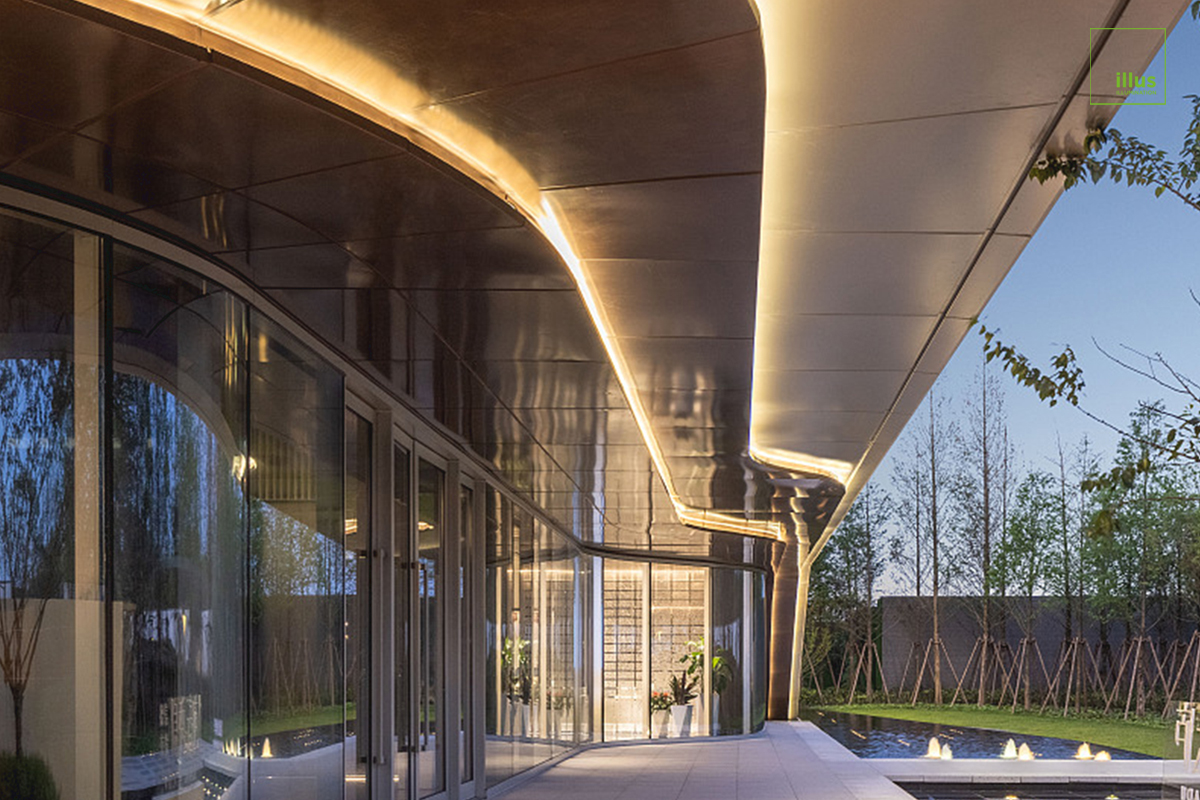 Architectural LED Strip Lighting
Architectural LED Strip Lighting
Conclusion
Architectural lighting is at the heart of smart city development, transforming how cities operate, interact, and appear after dark. By embracing innovations in adaptive controls, energy efficiency, urban safety, and aesthetic design, municipalities and developers can create environments that are visually stunning, sustainable, and responsive to human needs.
As urban landscapes continue to evolve, architectural lighting solutions will remain a key component of intelligent city planning. For businesses, municipalities, and designers seeking reliable, high-performance lighting solutions, partnering with a trusted provider ensures that every project enhances both functionality and visual impact.
High-end architectural lighting is about crafting cities that are safe, efficient, and inspiring places to live, work, and explore. Discover how Illus Lighting’s advanced architectural lighting solutions can elevate your next smart city project—contact our experts today to start transforming your urban spaces.
